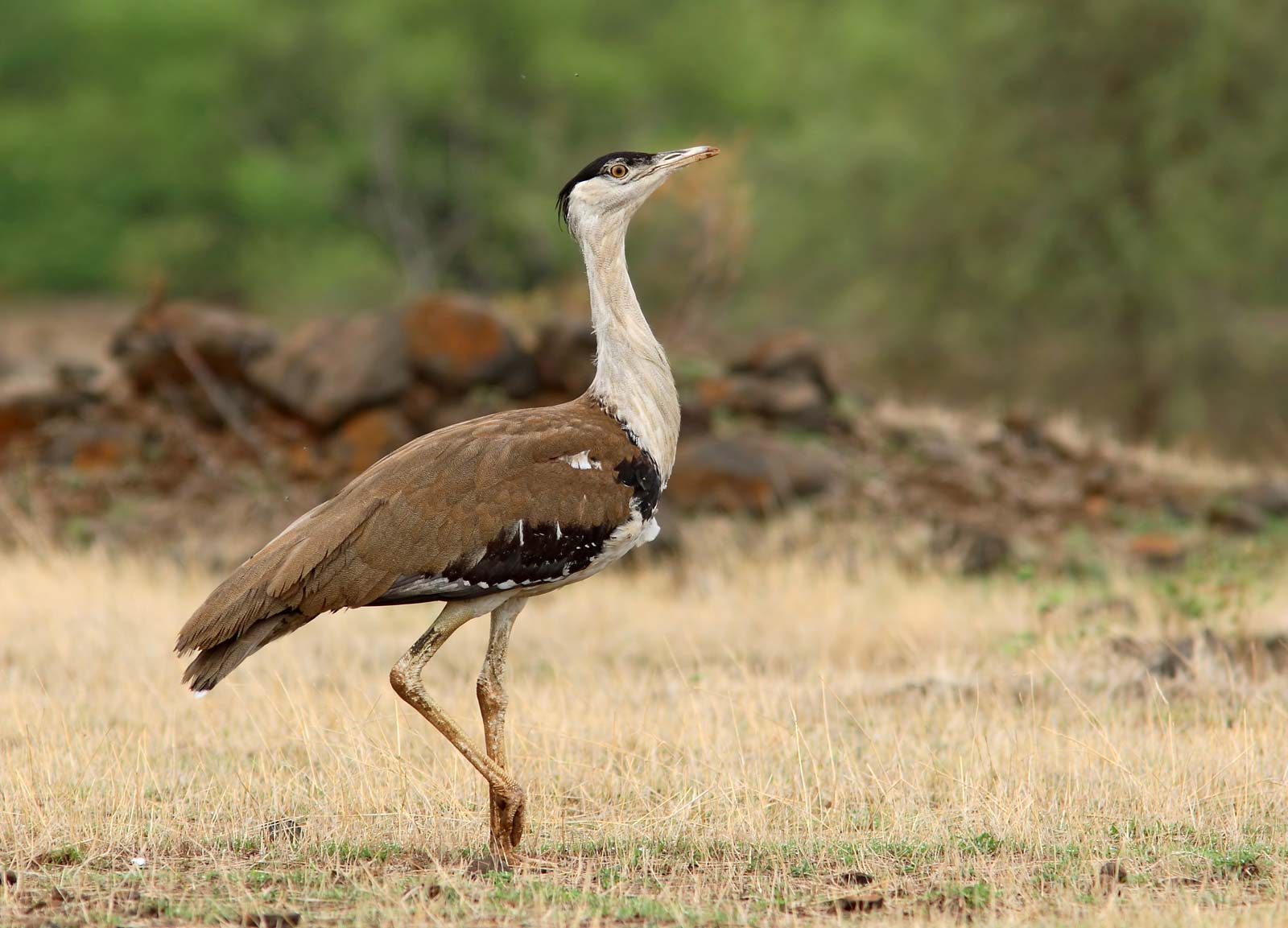
FIREFLY FOR GREAT INDIAN BUSTARD
Context
- The Ministry of Environment Forest and Climate Change (MoEFCC) along with the Wildlife Conservation Society (WCS) India has come up with a unique initiative a “firefly bird diverter” for overhead power lines in areas where Great Indian Bustard (GIB) populations are found in the wild.
GREAT INDIAN BUSTARD (GIB)
- It is one of the heaviest flying birds in the world.
- Bustards generally favour flat open landscapes with minimal visual obstruction and disturbance, therefore adapt well in grasslands.
- Its population is confined mostly to Rajasthan and Gujarat. Small populations occur in Maharashtra, Karnataka and Andhra Pradesh.
- Protection Status:
- International Union for Conservation of Nature status: Critically Endangered
- Convention on International Trade in Endangered Species of Wild Fauna and Flora (CITES): Appendix1
- Wildlife (Protection) Act, 1972: Schedule 1
More about news
- Firefly bird diverters are flaps installed on power lines. They work as reflectors for bird species like the GIB. Birds can spot them from a distance of about 50 meters and change their path of flight to avoid collision with power lines.
- Smaller birds can change their direction but for larger bird species, it is difficult because of their body weight and other factors.
- Since great Indian bustards are heavy birds with limited frontal vision, they find it difficult to change their course of flight swiftly even if they spot a live wire.
- The diverters are called fireflies because they look like fireflies from a distance, shining on power lines in the night.
